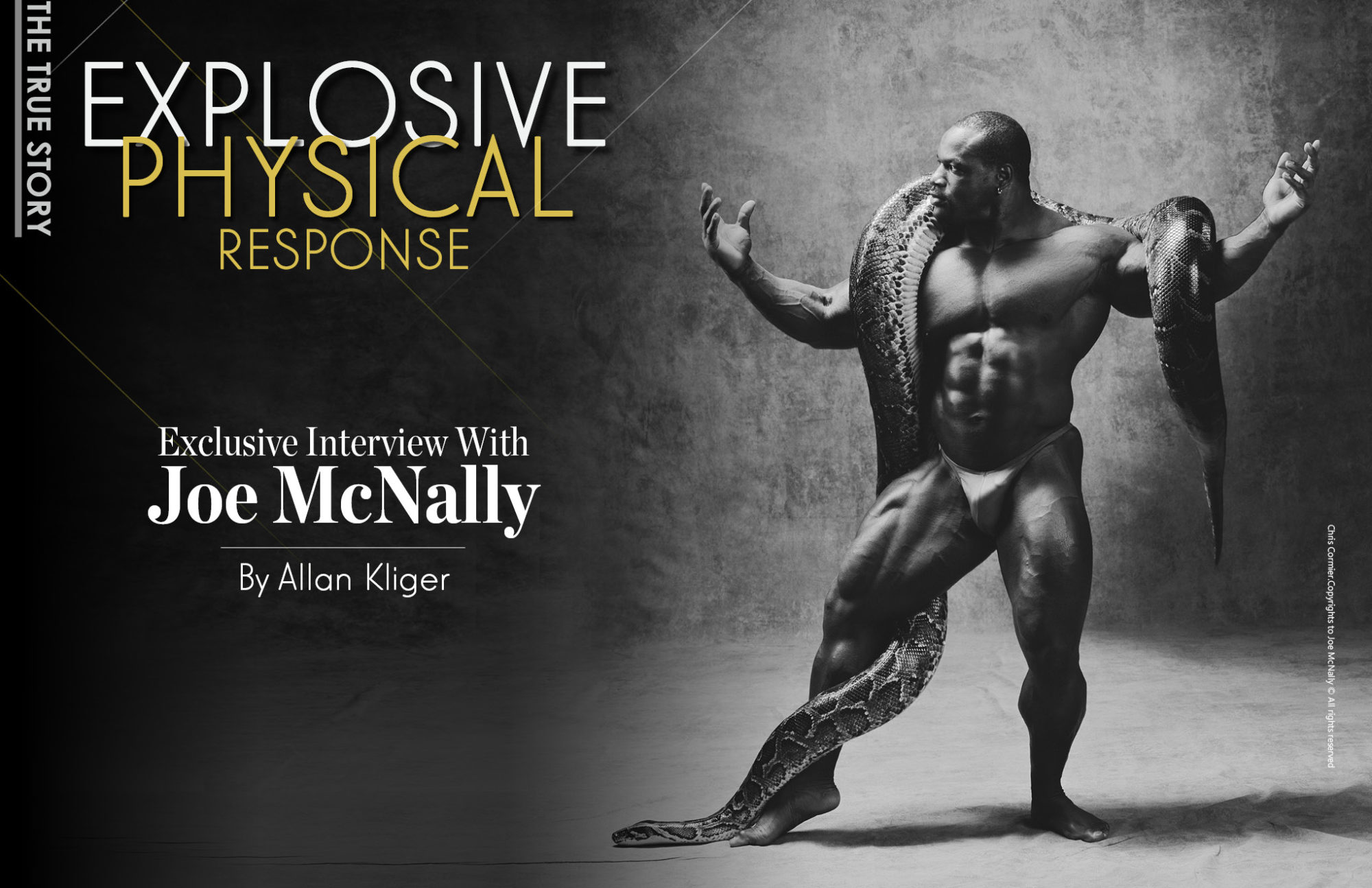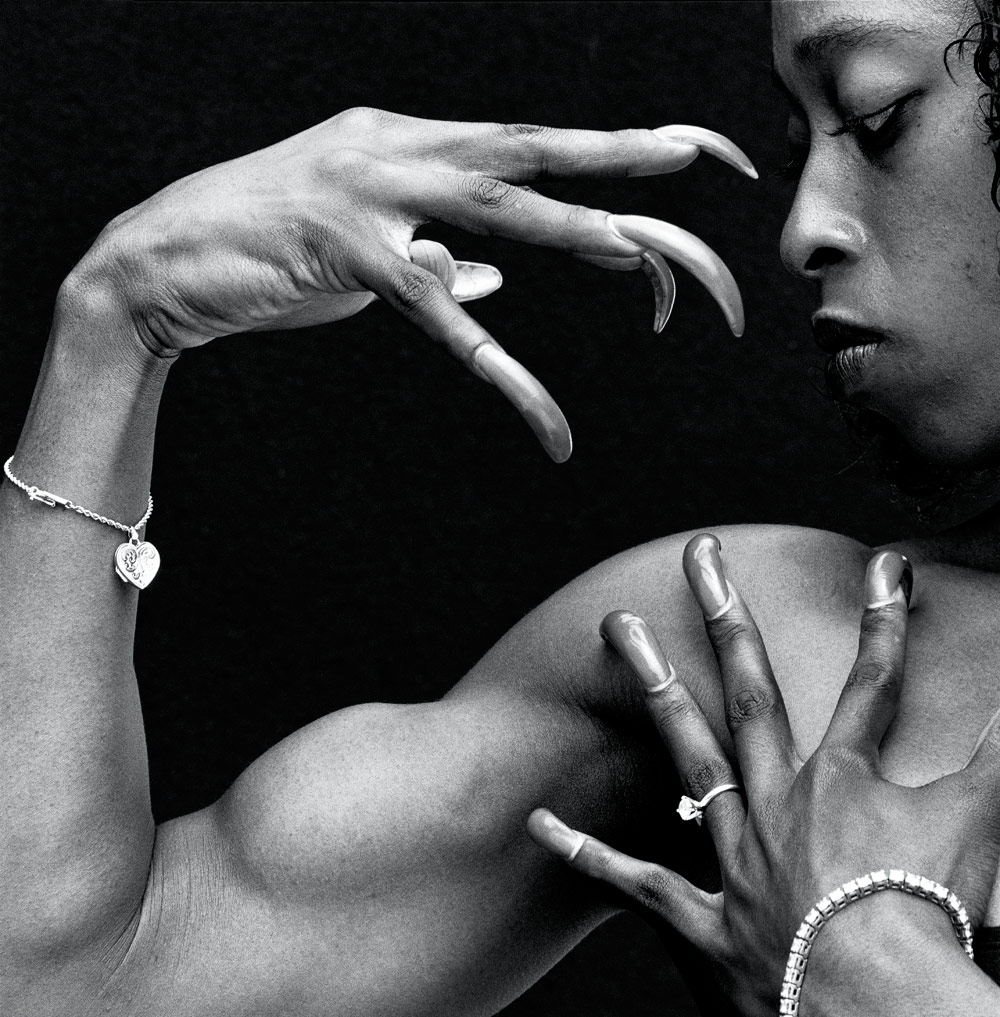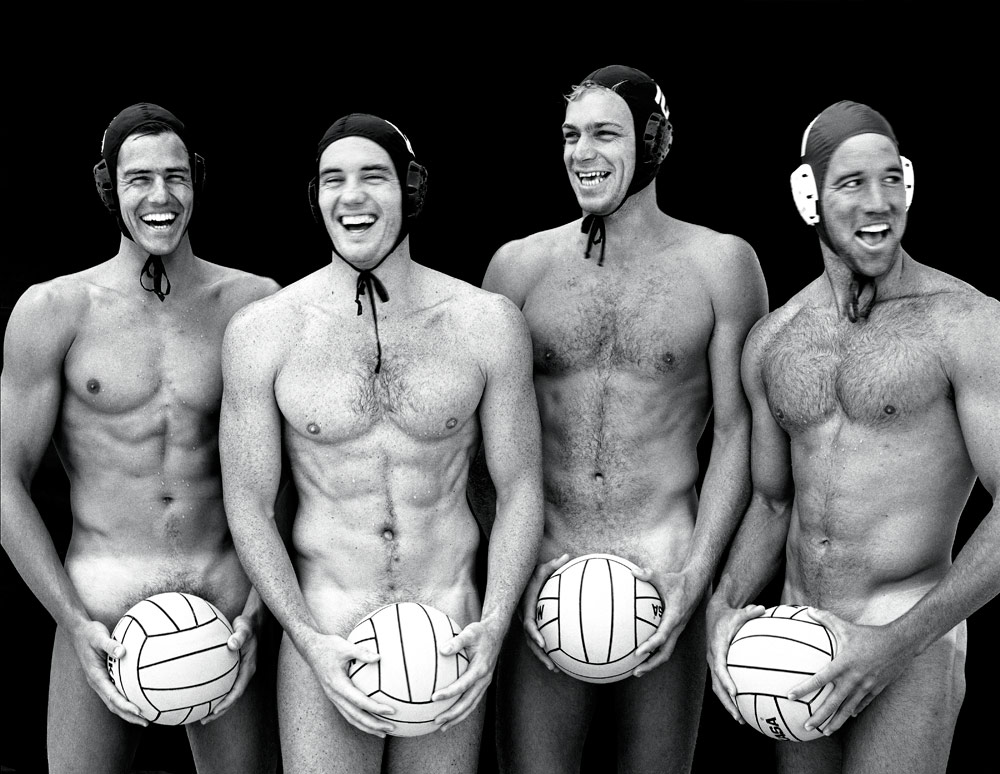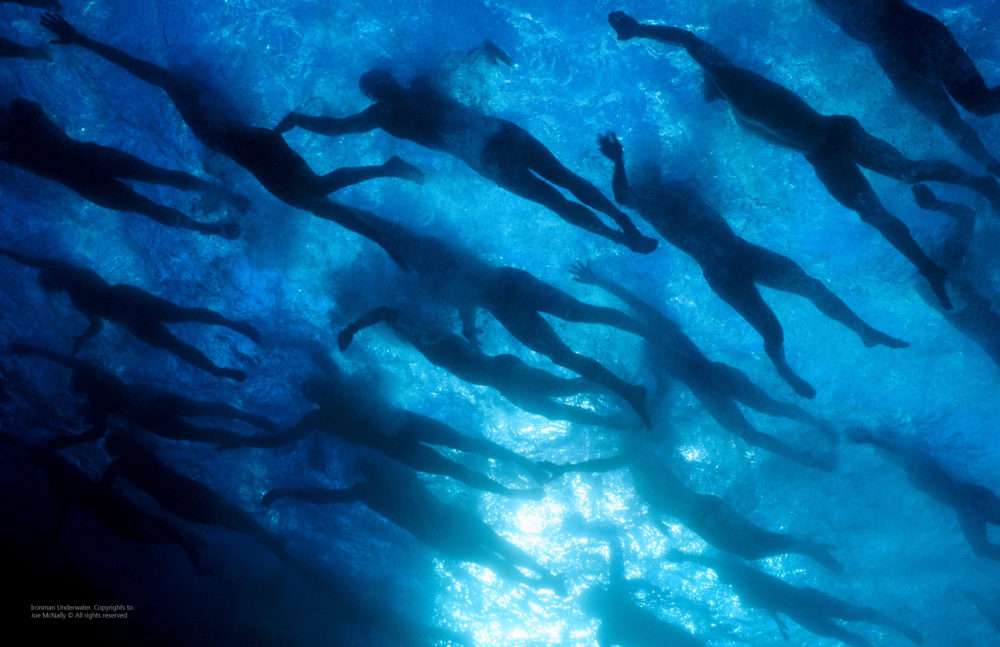An Exclusive Interview With Joe McNally
By Allan Kliger

Joe McNally. An Interview on Lens Magazine
Joe McNally is an internationally acclaimed, award-winning photographer whose prolific career includes assignments in nearly 70 countries. McNally is known worldwide as not only one of the top, technically excellent photographers of his generation, but his charming demeanor, confidence, and humor make him a sought-after choice from CEOs to celebrities to commercial and magazine clients alike.
He is among the rare breed of photographer who has bridged the world between photojournalism and advertising, amassing an impressive commercial and advertising client list including FedEx, Sony, ESPN, Adidas, Land’s End, General Electric, Epson, MetLife, USAA, New York Stock Exchange, Lehman Brothers, PNC Bank, and the Beijing Cultural Commission. McNally is equally comfortable climbing buildings or lighting a telescope to capturing quiet, sensitive subject matter with confidence in medical surroundings. He has shot numerous cover stories and highly complex features for National Geographic, LIFE, and Sports Illustrated, where his research skills and unmatched preparedness were highly valued.
Allan Kliger: Hello, Joe. Great to have an interview with you about your fabulous work and specifically your work on photographing athletes. So, please feel free to mention the subject you would most want to be asked and seen written up in a magazine with a worldwide distribution. Let’s start with your Athletes series featured in this article.
Joe McNally: Well, I have photographed sports, you know, off and on, certainly throughout my whole career. I actually had a contract with Sports Illustrated; I think my first job for them was 1983 or ’84.
A. K.: How did you first get a job with them? How did they first learn about you?
J. McNally: They approached me because I had started to shoot for what used to be the Time Inc group of magazines, a cluster of very famous titles and powerful magazines. I was producing covers for a variety of magazines in the early ’80s in New York, and I guess I came to the attention of Sports Illustrated. The very first job I ever shot for them was Bo Jackson – he was a legendary athlete, a Heisman Trophy winner when he was at Auburn University. And that went extremely well.

Exclusive Interview With Joe McNally By Allan Kliger on Lens Magazine Issue #48. Copyrights to Joe McNally © All rights reserved
A. K.: How did you approach that first shoot? And did you approach it differently than the way you would approach it now?
J. McNally: good question…
I don’t think the process of preparing yourself has changed all that much. I certainly do a lot of complicated production work now, and that’s kind of a different type of a thing, but for this, I knew I was going to go down. He was a college kid. I did all the reading I could about him at that time, which was, you know, sort of sizable but not overwhelming. He was just- and remains to this day – the best athlete I’ve ever seen in the company of. He was legendary; he played both professional football and baseball, all in the same year. He was signed by a professional baseball team, don’t hold me to this, but I think it was Kansas City. And then he also became a running back, and I guess it might have been the Oakland Raiders, but I can’t remember. Bo Jackson was just a phenomenal, you know, natural, wonderful, beautiful athlete. He was amazing. And so I went down to Auburn. I had one assistant. We flew into Atlanta, drove over to Auburn, and photographed him for about five days. He was pretty relaxed and easygoing. I had to not just be a one-trick pony, so I had to come up with portraits for the story for sure, but then I also had to come up with other things, maybe him working out, playing baseball, involved with the football, eating on campus, being with young kids, a variety of situations because I was supporting what I think was going to end up being a six or seven-page story.

Exclusive Interview With Joe McNally By Allan Kliger on Lens Magazine Issue #48. Copyrights to Joe McNally © All rights reserved
A. K.: Were the concepts all yours, or did you have a team helping you come up with the ideas for composition and for the storylines? How did that work out?
J. McNally: Absolutely, not. No. It was all out in the field with an assistant and me. That was the beauty of editorial work. They would say, “We think you’re right for this; go down and get some good pictures. See you on, you know, next Tuesday.” And, so, it was very open-ended. I mean, that was the nature of editorial work. You could infuse it with your own personality, skills, direction. It was pretty unusual that the magazine’s art director would get involved and say, “I want to see this.” That would be a really unusual sort of situation. If it had been a cover, I probably would have heard from the art director and then spoken by the overall editor of the piece, etc. But, in this instance, it was a big story, but it wasn’t the cover story, so, you know, they kind of wound you up and let you go.
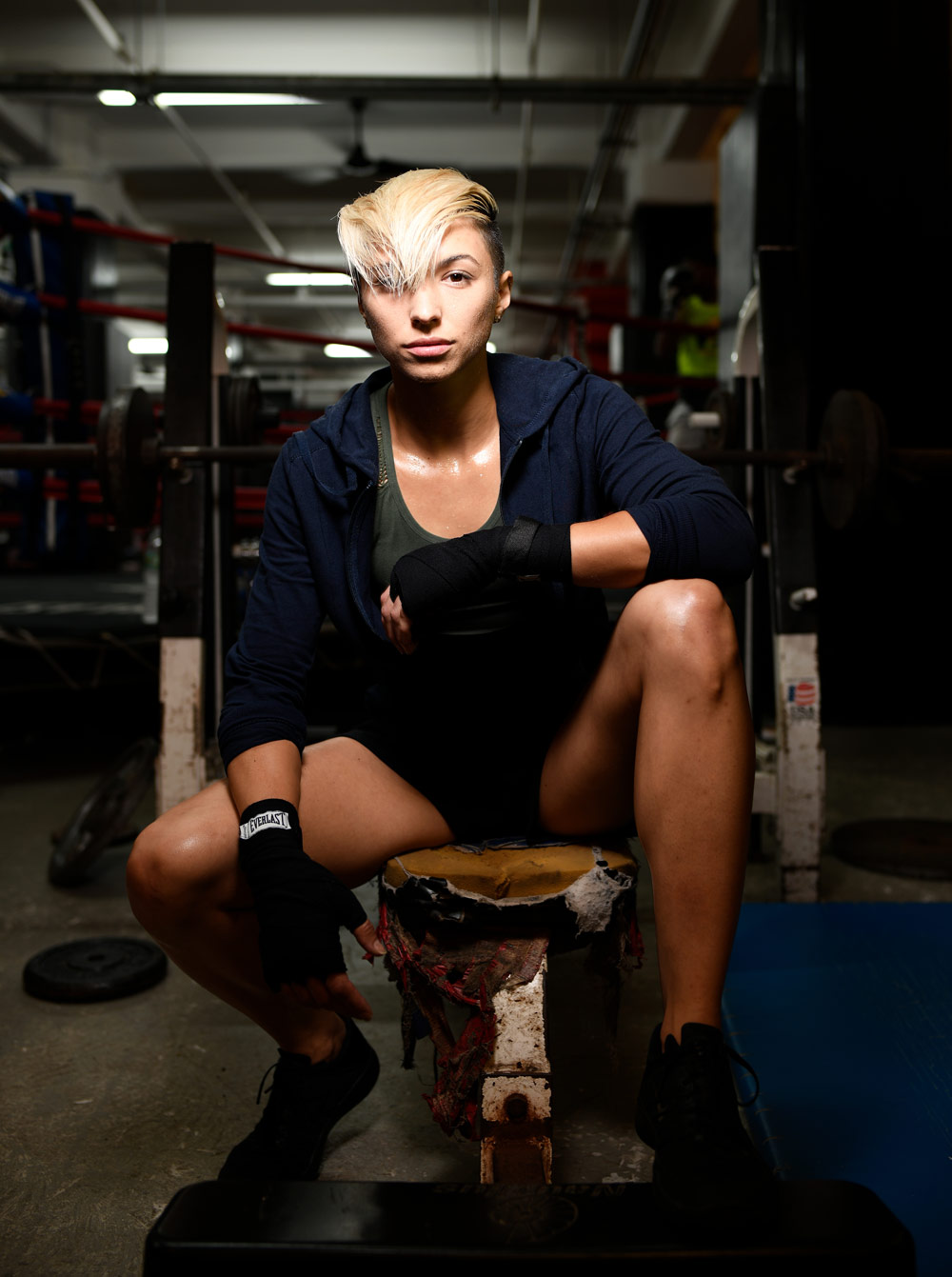
Exclusive Interview With Joe McNally By Allan Kliger on Lens Magazine Issue #48. Copyrights to Joe McNally © All rights reserved
A. K.: Right. And, were you big into the speed lights at the time for your shooting?
J. McNally: No, I didn’t use Speedlights on this at all. I used larger flash, probably Norman 200B back in the day.
A. K.: I’m now looking at what you wrote about those images with your blog back in 2012. And the images are beautiful. I mean, very, very natural, which I guess is the whole idea of it, right?
J. McNally: Yes, I still, to this day, am very fond of the portrait I made of him with chewing a straw, and there’s an orange tiger behind him. Just a big wall painting in a garage. It was a filling station on the main drag of Auburn, and I saw that as a graphic, and I went to the gas station guy and said, “Hey, you know, could I put up a light here and photograph Bo Jackson?” He said, “Sure, why not.”
A. K.: Now, obviously, you love sports. You probably loved them, I guess, as a kid, and so the opportunity to do this type of an editorial must have made you grin from ear to ear.
J. McNally: Oh, yeah, absolutely. I’ve been involved in sports and played some sports in high school, but I was always kind of a wannabe. I was never going to be an athlete or a scholarship athlete to college or anything like that, so I enjoyed the connection to sports that photography gave me, sure.
A. K.: And where did it go after this? What was the next step?
J. McNally: Actually, that Sports Illustrated issue proved to be very successful, so they asked me to do probably one of the best, most enjoyable stories I think I ever was assigned to. They gave me basically three weeks to go shoot a story on Indiana high school basketball. And it was based on the miracle of Milan. A small school won the Indiana state high school championship many years ago, which also formed the basis for the movie Hoosiers that had Gene Hackman starring in it.
A. K.: Oh, really? I didn’t know that.
J. McNally: Yes. It was a small school named Milan, I think they had a student population of 150 kids, and they won the Indiana State High School Championship. A thing about Indiana is that the High School State Championship basketball tournament draws more people than the Indiana Pacers. High school basketball in Indiana is like a state religion. And, so, I had the opportunity to just go around the state of Indiana to all these small schools and photograph hometown high school basketball. It was a lot of fun. And, high school kids play for the love of the game, you know, the fans, the cheerleaders, the old men who would gather in the coffee shop the next day and talk about the game. It was just a lot of fun.
A. K.: Those were the days for editorial, right?
J. McNally: Yes, It was at the time, I don’t know if it still is, but outside of the swimsuit issue, that story was the longest story published at that time ever in the history of the sport.
A. K.: What do you think made it so? It just seemed to resonate at a real grassroots level with everybody?
J. McNally: Yes, and I’m not saying this about, you know, my photography, I’m just saying that it was a touchstone for many people, high school sports, kids pouring their hearts out on the basketball court. It was a compelling and moving story for lots of folks.
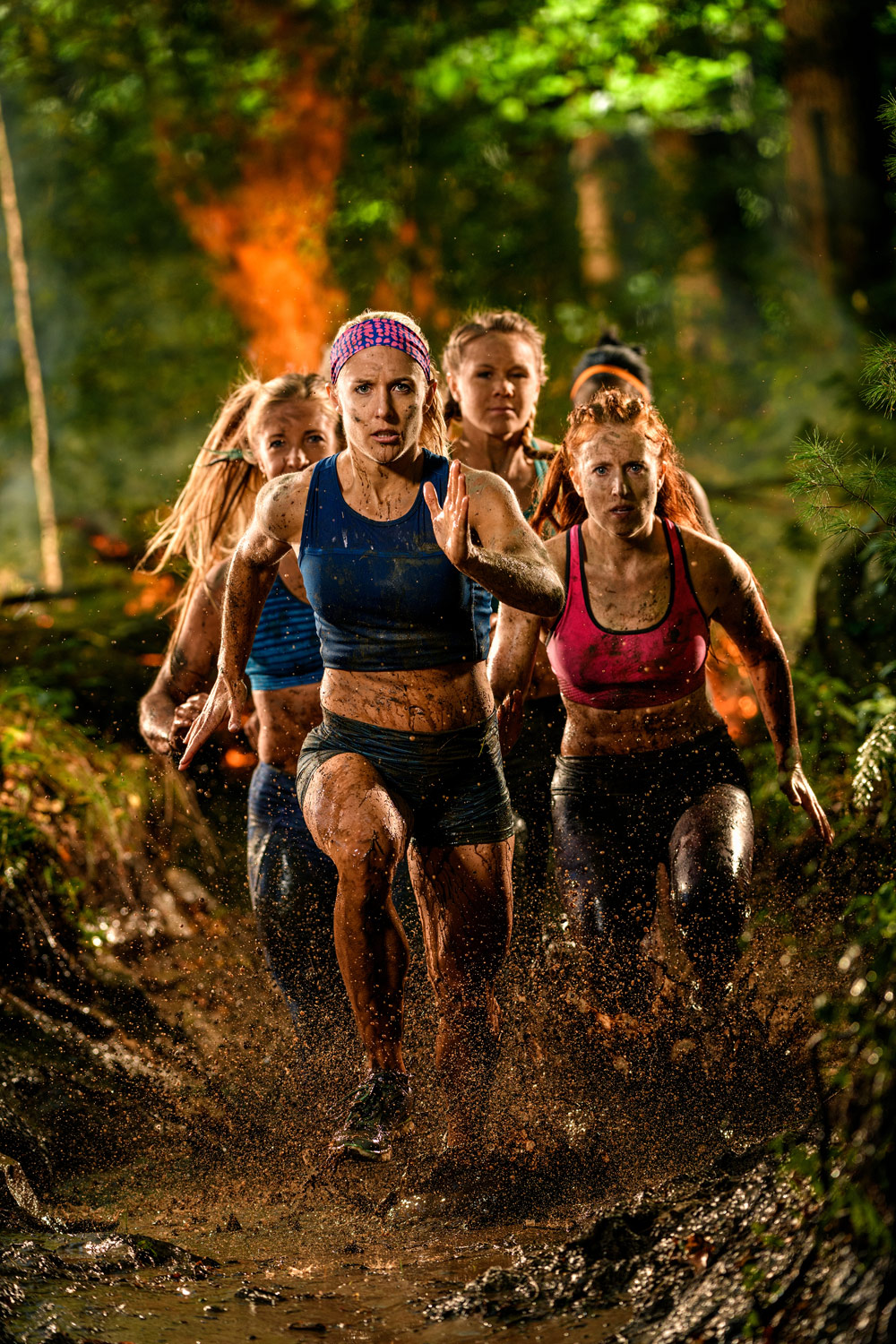
Exclusive Interview With Joe McNally By Allan Kliger on Lens Magazine. Copyrights to Joe McNally © All rights reserved
A. K.: So, when you’re doing a story like that, an editorial, how are you going from image to image in your head as you’re thinking about the shoot? What is going on in Joe McNally’s brain that’s getting him to have that sense of awareness and emotion of what that next image might be?
J. McNally: Well, you just used the word “emotion,” coupled with storytelling skills. You have to have a very acute sense of responsibility when you’re out there for a magazine because you have this wonderful, visceral emotional experience in front of your lens. How do you convey that? How do you convey to people who have never even visited the state of Indiana just how important all this is? And how do you move the reader, not only in an informative way but pictorially and emotionally, through the idea of a story like this, getting them involved in it and getting them to stop and actually read the story? And from it, literally, creating a kind of change or emotional involvement.
That’s what goes through your head all the time. “What is the story? How do I effectively tell this, and how do I get people involved?”
A. K.: So, are you doing that thought process ahead, or are you connecting the dots as you’re going along deciding what the next part of the story might be, depending on your actors, your players, if you will?
J. McNally: That’s a good question. I don’t want to be a kind of a “back in the day” guy, you know, and say, “Oh, yeah, right,” but magazine budgets….”
A.K: let’s say it, “Back in the day.”
J.M: Magazine budgets back at that time when Sports Illustrated was literally all-powerful could allow you, as a photographer, room to breathe. In other words, you didn’t go out for three days. You went out for three weeks to find a story. And there was a process of discovery. Now you’d be preconceiving. You know, like, “Okay, yeah, I gotta go to Milan and I gotta photograph the current coach and the current team.” I mean, that’s part of this. “I have to find some of the old players who were on that team and photographed them, kind of a where are they now. I gotta shoot some games, and see what the flavor is and all the fun and the excitement.” And part of those games, shoot the cheerleaders and the kids eating cotton candy, and the locker rooms where the kids are either weeping or joyful. And those locker rooms, old cinder block basement locker rooms, nothing fancy. So, you had to get across all that flavor and feel. So you had those notions in your head, but also you were open to the idea of surprise, you were open to the idea of “Where do you play?” “Well, I’m just visiting. I play at this high school that’s 75 miles away.” I’m like, “Well, can I visit you there, can I come on over?” “Yes, sure. You can meet the coach,” or whatever, so there would be this ability to sort of change direction and find-you know, use your nose to find a story. Budgets being what they are now, a lot of that is more constrained, a lot of it is more art directed before you even get into the field. Like, “Okay, we need this picture and that picture and that picture, that’s our budget right there.”
A.K: So is that the way it is today?
J.M: Not all the time, but, certainly it’s more prevalent. That way of thinking is more prevalent.
A.K: Right. “These are the shots we want for the story, go get it, come on back.” So, the next part of the evolution, where do we go from here?
J.M: Well, based on the reaction to the Indiana high school basketball story, I was offered a contract with Sports Illustrated, and I stayed on the masthead there for the next five or six years until I started shooting for the National Geographic which happened in the late ’80s. So, I had a good run with SI, maybe five years on the masthead. Shot a few covers, shot some pretty fancy powerful athletes and in general enjoyed the entree to the world of sports that a big magazine can create for you like that.
A.K: Was there ever a time where you could integrate the two once you had started with National Geographic? Your passion for photographing athletes, who they were as people, as well as their athleticism for a National Geographic story?

